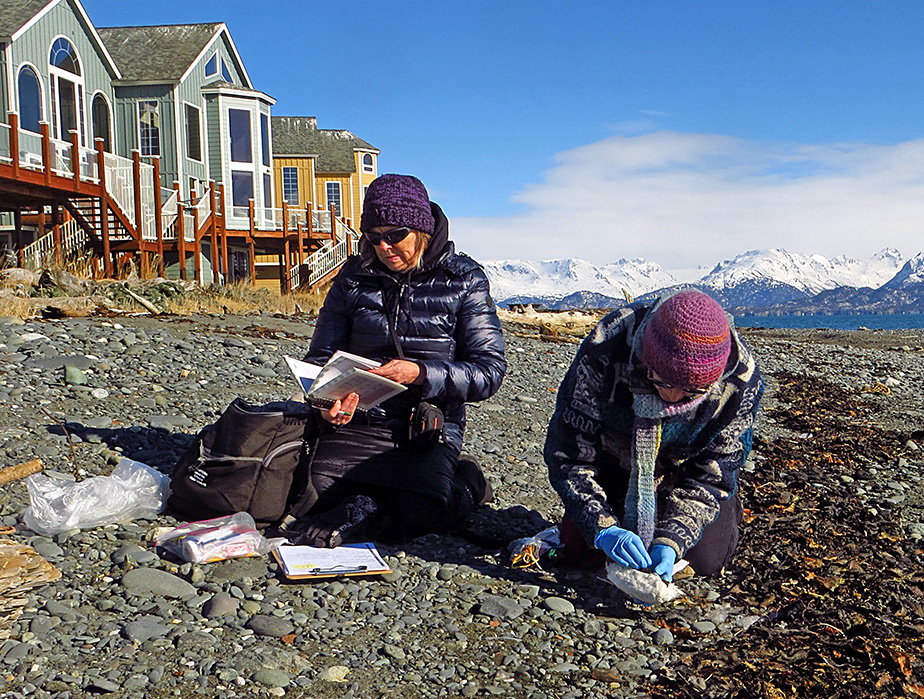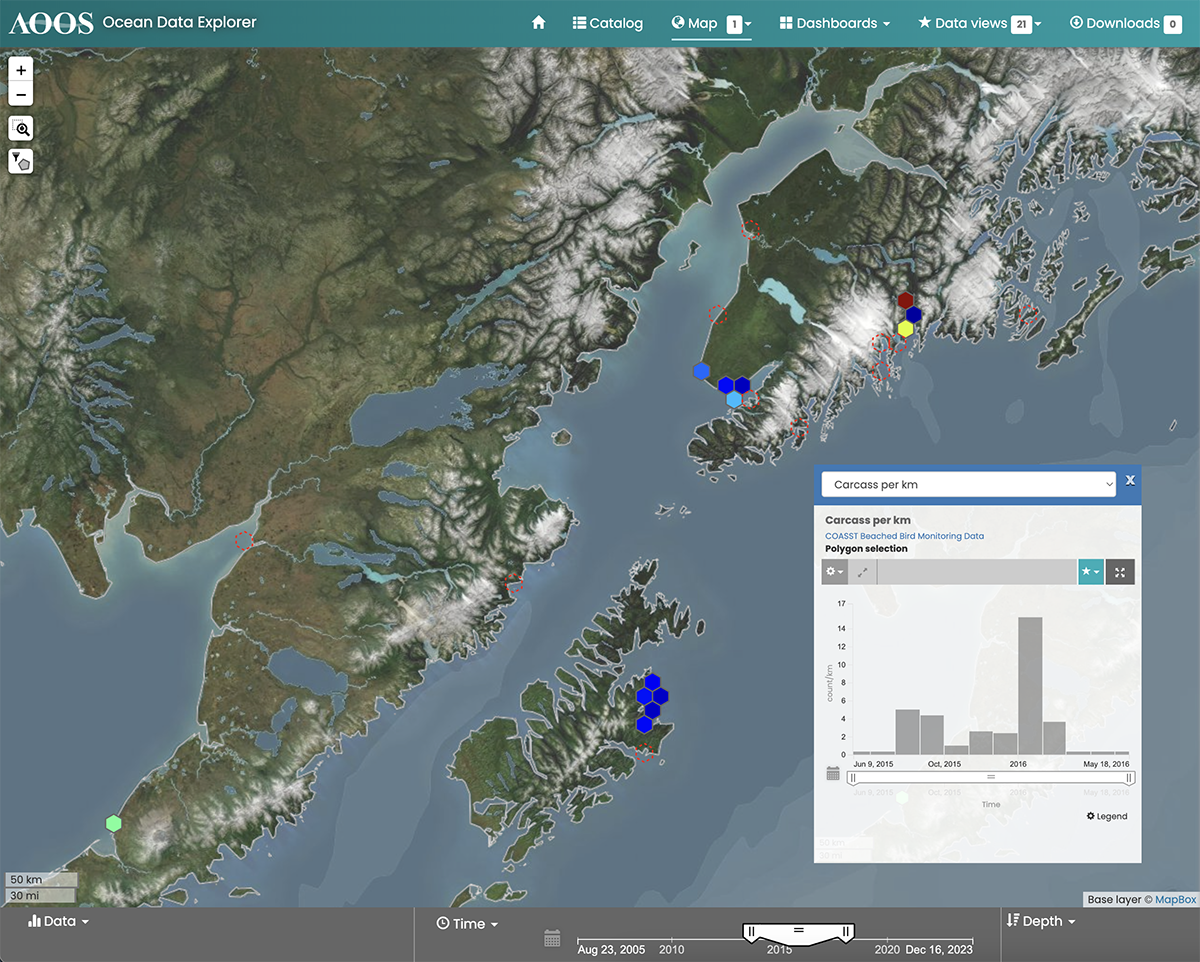COASST, short for the Coastal Observation and Seabird Survey Team, is a citizen science initiative based at the University of Washington with the aim of documenting seabird carcasses that wash up on the shore. The organization is comprised of scientists and coastal residents who collaborate to better understand the health of the Pacific coastal marine system.
“Citizen science is valuable for collecting fine grain data over a broad geographic scale. We have about 400 sites in four states that are continually monitored,” explained COASST executive director Julia Parrish.

COASSTers in Homer conduct a beached bird survey. Photo by Clark Fair.
In Alaska, surveyors known as COASSTers receive training in approximately twenty-five communities across the state. Researchers analyze data submitted by coastal residents, then members of the COASST team return to communities to interpret what it means for Pacific seabird species on a broader scale.
Millions of marine birds reside in Alaska, or migrate to Alaska in the summer months to eat and breed. Many of these birds use other parts of the Pacific at different times of the year. “COASST is bigger than Alaska, which is important for the Alaska story,” said Parrish. “We are a boundary-spanning organization –across geography, culture, practices, and mainstream western science.”
Long-term monitoring helps define natural patterns of who dies when and where. Having this baseline data helps show changes in the presence or absence of birds, and detect catastrophic events.
“In Alaska, COASST baseline data allowed us to statistically determine how far above baseline the 2015-16 common murre die-off was. For five months, the carcass deposition signal was between 100 times and 1,000 times normal,” explains Parrish. “That’s unprecedented.”
The Alaska Ocean Observing System has been working with COASST to put on virtual and in-person training in Alaska, and to upload seabird carcass data on the Ocean Explorer Data Portal. These data are available alongside all the other physical and biological oceanography data layers on the portal for researchers and the general public to explore the overall health of the coastal marine system in Alaska.
AOOS is also working to leverage other programs to enhance the seabird mortality data collection. For example, the Skipper Science Partnership supported by AOOS is working to integrate COASST’s Die Off alert program so that mariners can report important observations without being formally trained. If there is a seabird die-off event, the new system will allow people to document it in real time. More information on documenting can be found at COASST’s Die-Off Alert Page.
COASST is offering virtual trainings this May, June, July and August for those interested in joining the COASST team.

A screenshot of the COASST layer in the Ocean Data Explorer Portal shows the time period, species, and location of murre carcasses during the 2015-2016 common murre die-off.

The inset table and graph shows additional information for the location highlighted in white (Kachemak Bay area), including beaches sampled, species found, and the time series of the number of carcasses found per km of beach sampled since 2010.
